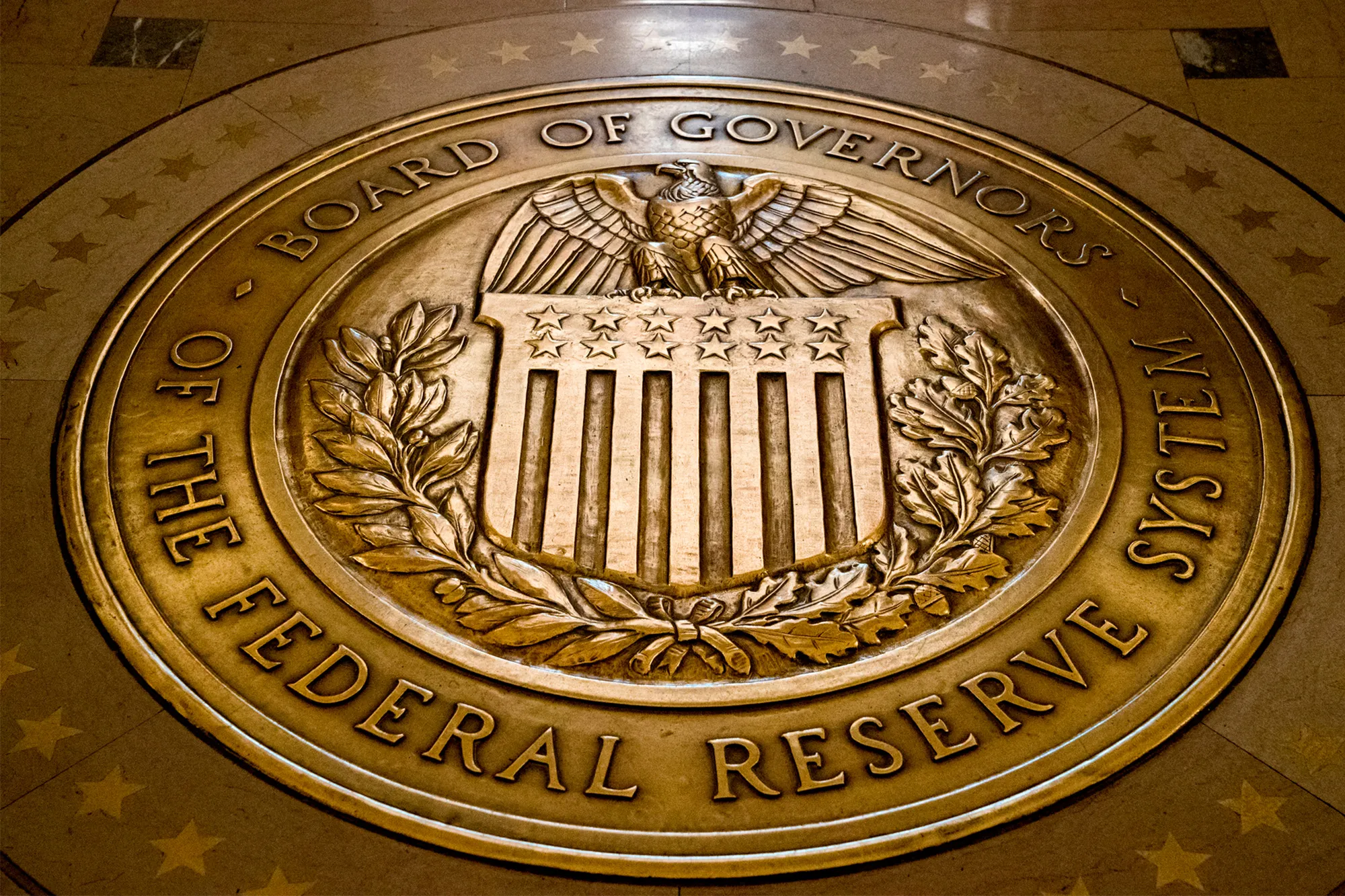In a crucial meeting, the Federal Reserve decided to maintain unchanged interest rates, signaling a pause in prior increases.
This decision reflects a cautious approach to economic management, aligning with officials’ unanimous consensus on the current economic status.
The Fed indicates a shift from its earlier plan by retaining the federal funds rate at 5.25%-5.5%, the highest since 2001.
Based on recent forecasts, they’ve signaled no further rate hikes and anticipate future reductions.
Predicting a forthcoming decrease of 75 basis points next year, Fed officials expect a quicker rate of cuts.
Varied projections on the federal funds rate for 2024 suggest differing evaluations of the economic outlook among officials.
The post-meeting statement underscores officials’ intention to closely monitor data, showing adaptability to changing economic conditions.
This contrasts with their prior stance, emphasizing flexibility in policy changes.

Though inflation has reduced over a year, it remains high. Officials see a more balanced risk to price growth, implying a shift in their inflation outlook.
Powell will address this in a press conference, offering clarity on future Fed actions. Forecasts anticipate lower inflation and marginal economic growth adjustments.
By 2025, officials project a notable drop in the federal funds rate, aligning with anticipated economic conditions.
Following a substantial rate hike earlier, timing future rate cuts is crucial. Early reductions might risk inflation surpassing the 2% target.
The Fed aims to ensure sustained high rates until confident of inflation returning to target levels. Market speculations point towards possible rate cuts in March.
Recent yield declines signal eased financial conditions
Governor Waller’s comments contribute to these expectations, suggesting potential rate cuts as inflation eases.
Recent yield declines signal eased financial conditions, potentially reducing the need for further rate hikes.
This shift influences falling mortgage rates, boosting home refinancing and purchases. Businesses benefit from decreased borrowing costs.
Powell urges caution against premature conclusions on policy direction, emphasizing the need for clear evidence of declining price growth before considering easing policies.
Officials highlight the importance of concrete evidence in achieving 2% inflation.
The Fed’s unanimity in 12 consecutive meetings shows a shared understanding among officials, reflecting a period of consensus amidst the current economic situation.

